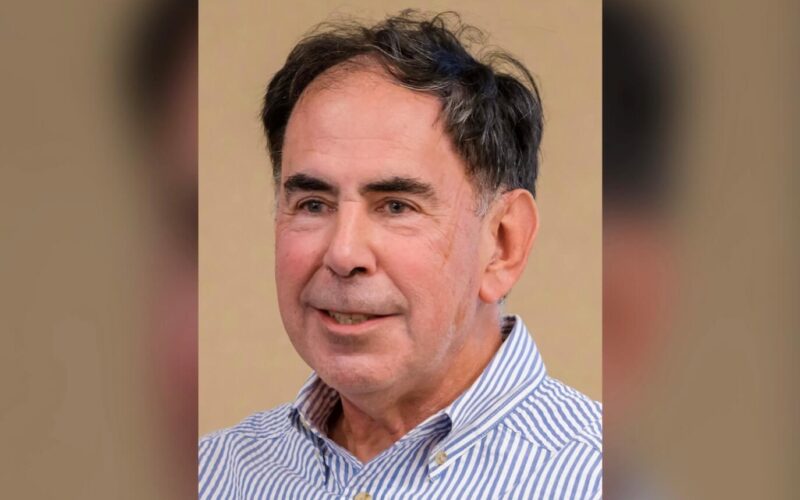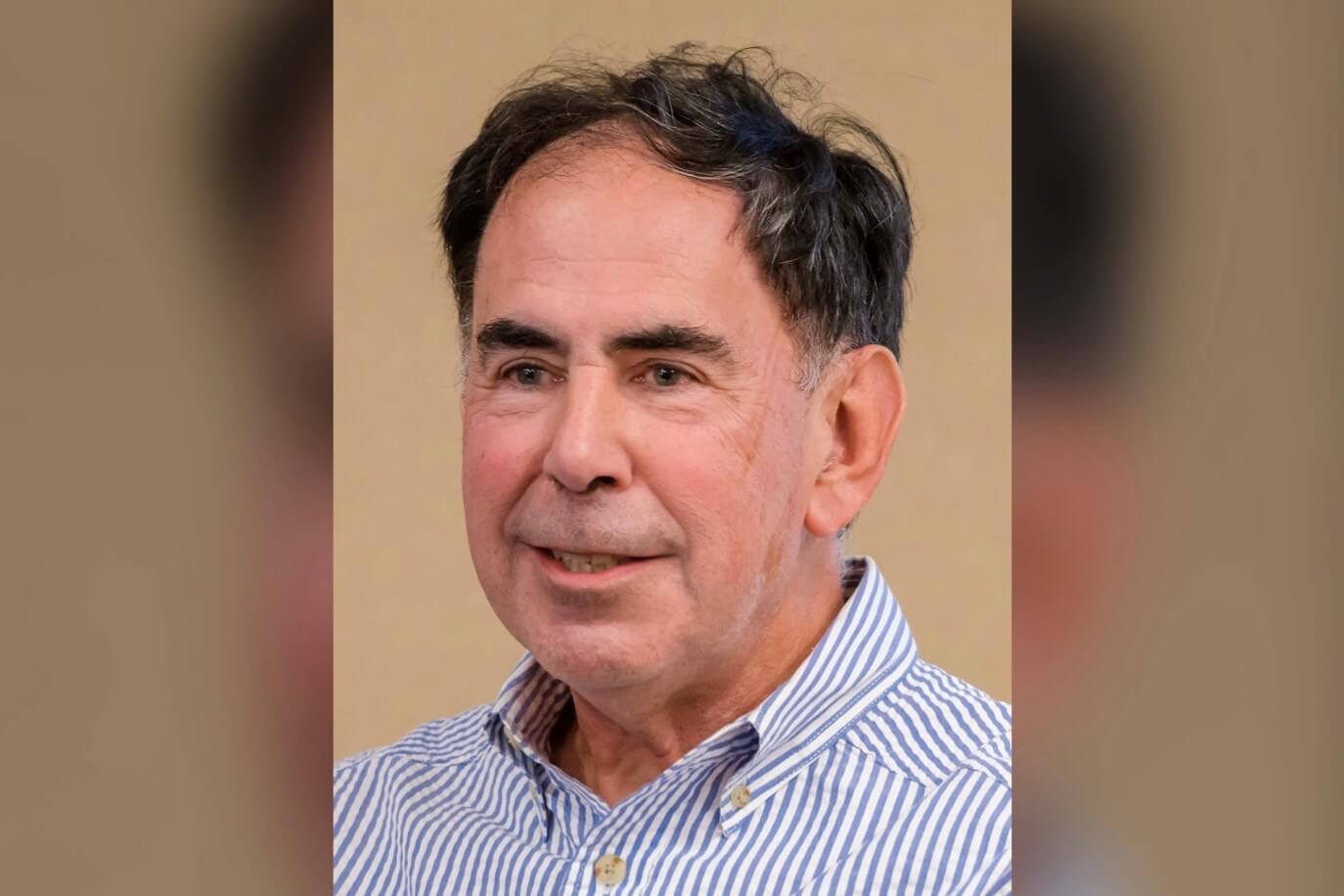Professor Ed Crawley
MIT, Professor of Aeronautics and Astronautics
Cambridge, MA, USA
Professor Crawley talks to AeroTime CEO, Richard Stephenson, about his decision to fly home to Boston as the virus took hold in South East Asia.
“When faced with an aeronautical question, or simply a life issue, some reasoning can help.” That’s the first lesson I learn from Professor Ed Crawley. The renowned professor of aeronautics and astronautics went to MIT in 1972 and never looked back. Almost 50 years later, he is still there and recognized as one of the world’s leading aerospace authorities. “I’ve had a privileged intellectual existence,” the professor tells me, and it’s clear that this is no exaggeration as we cover a myriad of topics in our hour-long conversation.
Aviation has always been in his blood. From his youth when his dad would take him to the local airport to watch the aircraft, to bushwacking in Idaho in his Cessna 180. He has a long-standing passion for gliding (he has a German ASW27) and is a competitive glider racing pilot. He served as CEO of the operator of a small airport in the picturesque Vermont mountains. He has done some test flying and (wait for it) even has time in his pilot logbook for human-powered flight, dating back to when he and fellow students built a series of human-powered airplanes in the 1970s, racing for a set of prizes offered by the Royal Aeronautical Society. And if that wasn’t enough to confirm his industry credentials, he was also a NASA astronaut finalist in 1980.
Crawley has spent many years traveling and working around the world, including in London leading the Cambridge-MIT Institute (a joint venture with Cambridge University) and in Moscow where he was the founding president of the Skolkovo Institute for Science and Technology. But it was in Indonesia, on a business trip in early February 2020, that he was suddenly advised to return home to Boston earlier than planned.
“At that time, there was far more awareness of the coronavirus in South East Asia than anywhere else. I’d flown to Jakarta and on to Bali and for the first few days it felt like it was all anyone could talk about; my hosts would talk about the virus at breakfast, lunch, and dinner,” explains Crawley.
Three days into the trip, a colleague approach Crawley and advised him to consider making the return journey almost a week ahead of his schedule. The border between China and the USA had been closed and it was clear that more restrictions would be coming. If he didn’t make the journey now, there was no guarantee he would be getting home any time soon, so he decided to head home “for a few weeks and wait for it to blow over”.
It’s the second time in his life that he has been faced with such a decision. On the day of the 9/11 attacks, he was at a meeting of the NASA Advisory Committee in California. With airspace closed the gathered group of experts, standing in the lobby of the Holiday Inn, predicted that there wouldn’t be any aircraft movements until the following Saturday and they planned accordingly. Sure enough, aircraft operations commenced again as they predicted. Crawley says, “We all learned then, that even in the midst of horrors, there are always things you can apply to reason through the calamity – at least for personal decisions.”
And this same logic kicked in as the Professor analyzed his options for making it back to Boston as South East Asia became consumed with the COVID-19. “I sat down and I had two pages of A4 looking at how I should retreat. My ticket went via Japan, but that country along with China and Korea were at the virus epicenter. As you should always fly away from the crisis, not towards it, I canceled that ticket and booked another via Doha.”
The collective wisdom at that point suggested that the virus was transmitted by touch, so Crawley set out to plan a 23-hour journey home during which he would touch as little as possible, even studying the best place to stand in the lounge “that was not as well frequented” by others. “I would be the only one to touch my bags and I would not eat anything on the journey. I would touch as little as possible.”
Crawley tells how he was stopped by security at the airport who wanted to know why he was wearing sunglasses inside. “At the time the advice was all about washing your hands and not touching your face. But if the virus was spreading as aerosols, it was clear that we should be wearing masks, so I went to a local pharmacy and bought some. I then added my baseball cap to prevent gravity-driven particles from landing on my face and then my glasses to prevent them from reaching my eyes. At that moment, I invented the poor man’s PPE, but security didn’t like it and wanted to check.”
“When I got on the airplane in Bali, everyone had a mask on. When I boarded in Doha, about half did and when I arrived in Boston there was not a single mask in sight.”
While many people are concerned about the possibility of COVID-19 spreading within the air circulation on an aircraft, Crawley has a different view. “When you are traveling from A to B during a pandemic, the safest place is on the plane. The air is constantly circulating and being sterilized so you’re safer onboard than in a TSA queue or waiting at a bar.”
The professor made it home without contracting the virus but looks back on the journey contemplating the decisions he made and how he applied ‘system reasoning’ that he returns to a number of times during our conversation.
Looking to the future, Crawley says that the biggest issue has been our failure to see just how long this could last, but pointing out that it should have been obvious from the start. “The thing we all missed for a long time was the timescale this crisis would stretch over. I remember hearing about restrictions being implemented at MIT from March to May 2020 and we were all hopeful that it would be done in a few months. You only have to look at the Spanish Flu pandemic from 1918 to realize that this was going to last much longer.”
The professor is a fascinating man. Full of knowledge and clearly one who enjoys provoking his interlocutor to think about how different things could have been in an alternative history. “What would have happened if this crisis had happened 30 years ago, before email and the internet? How would people have coped with just a television and telephone?” It’s a fair question, one I have no answer to, and a scenario I am very grateful I didn’t have to face. What would I have done during the last year without connectivity? It doesn’t bear thinking about and we quickly move on.
It’s a topic that has been raised during other conversations for #mycovidstory and everyone agrees that we are blessed with the technology we have available to us to stay in touch, keep talking, be surrounded by people even if we are alone, and generally stay connected. The Professor has seen many developments during a nearly 50-year stint at MIT, and his passion for aviation, technology, history, and people is clear. It is also clear to me that there are few people I would rather spend my isolation time interviewing and even fewer who could make an hour so diverse and interesting.


